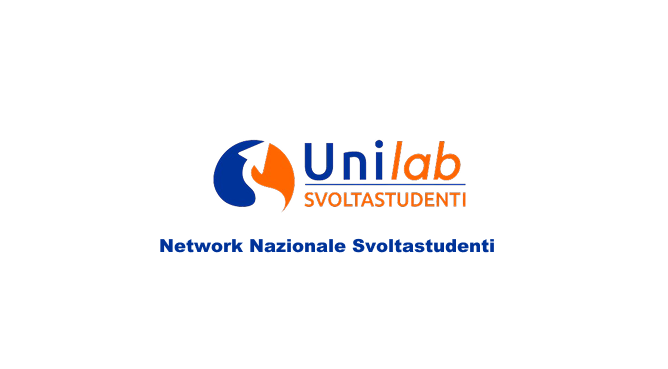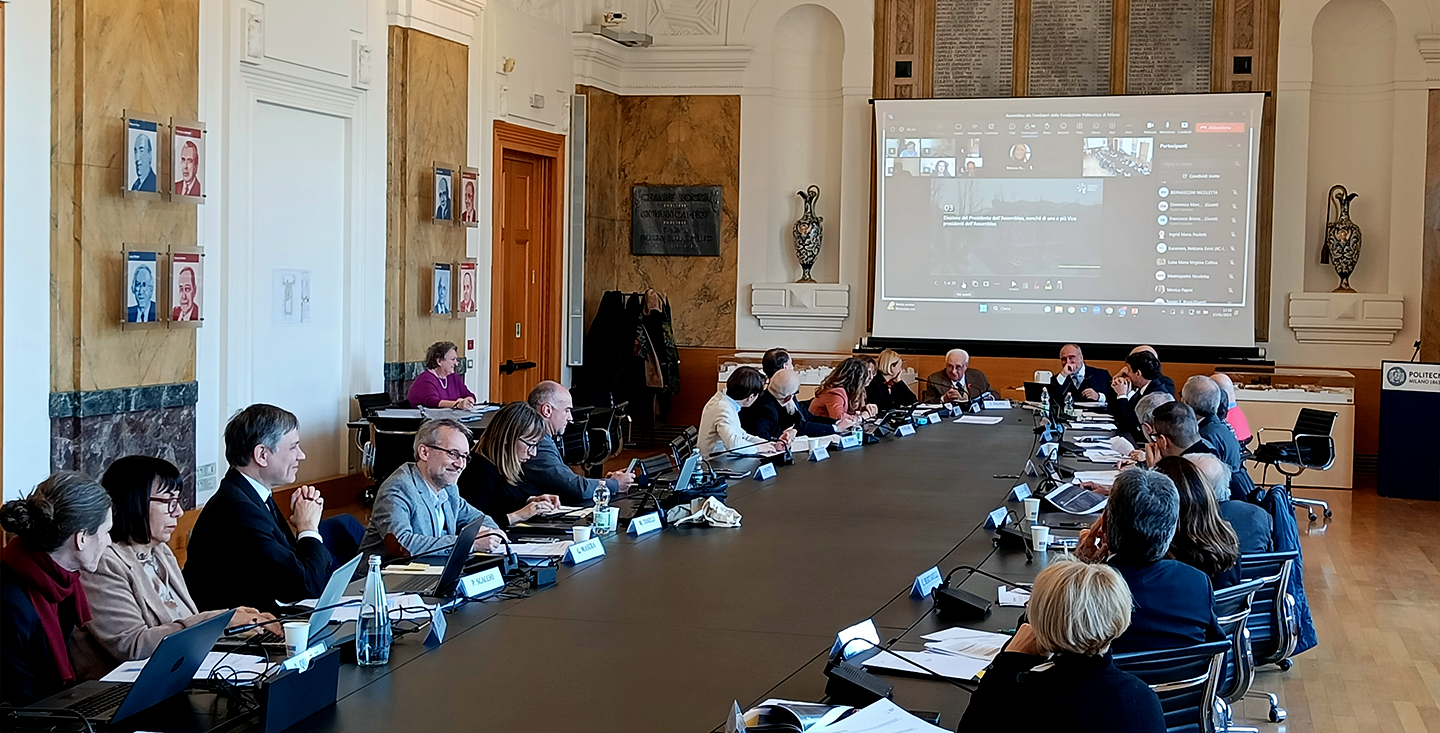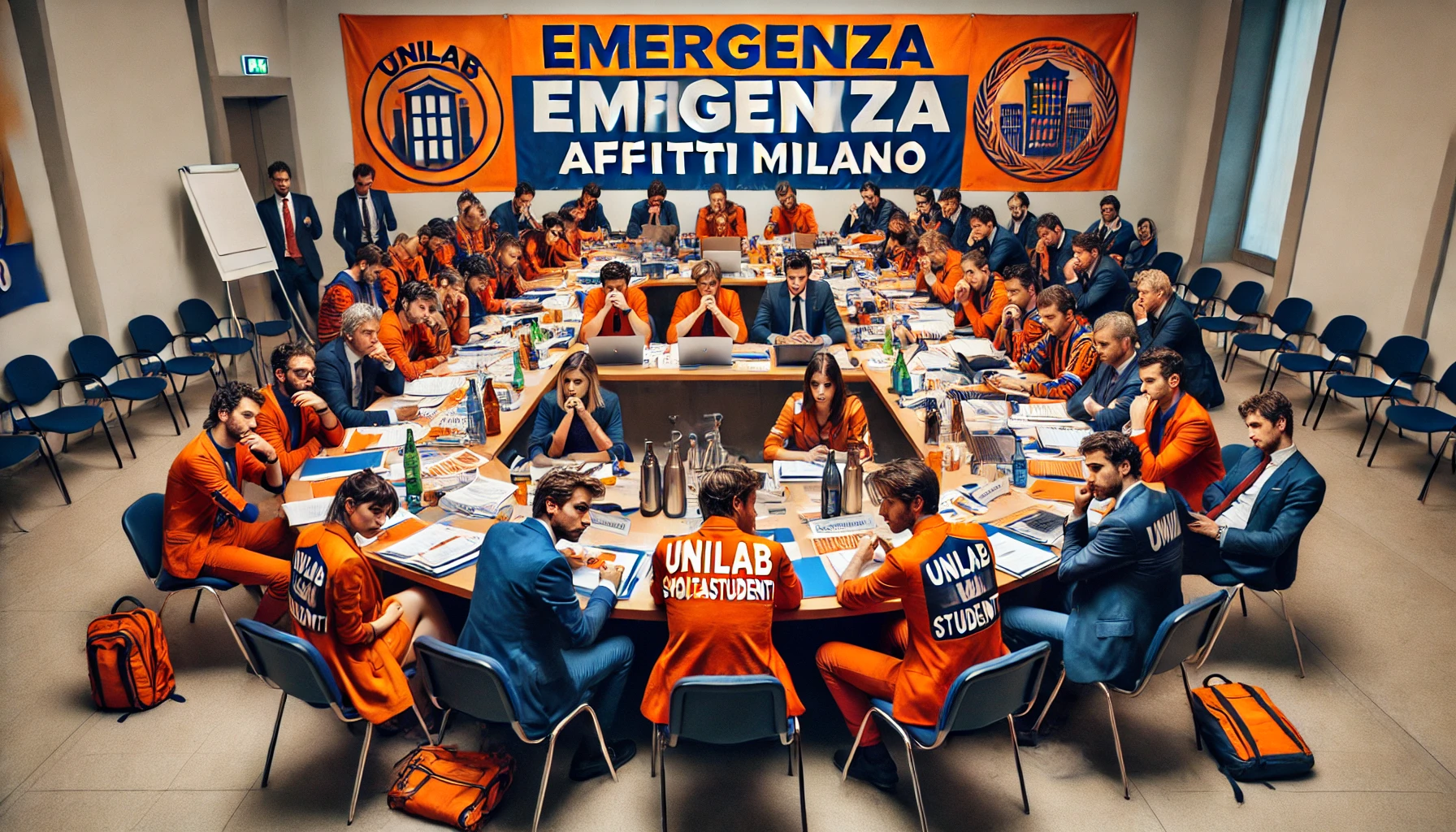Four different types of modalities/tools have been identified (which can also be used in a combined way) that the University provides to teachers, guaranteeing adequate training and assistance. Let's analyze them in detail:
- Delivery of paper, assignment, project, essay (asynchronous mode):
The Teacher assigns a task to be carried out individually (or in groups) by a deadline. The assignment is uploaded to the delivery folder of the BeeP page of the course (appropriately prepared by the Teacher). The Teacher then proceeds to the evaluation.
This typology is already widely consolidated in those courses that provide for the delivery of a paper, prior to the date of support of the exam.
The delivery formats of the paper will be established autonomously for each course.
This method will be integrated with one of the others for the verification of the student's contribution (for example with ongoing reviews / oral interviews). - Oral exam:
The Teacher carries out the oral exam using the Virtual Teams classroom of his course to which the enrolled students already have access (for the courses of the first semester the classrooms will be created; in the case of exams also carried out by trainers / tutors, it will be the teacher's responsibility to create sub-classrooms). This allows the presence of observers, making the session public.
For recognition, at the beginning of the test the Student shows his identity document and his face on the webcam (without the need for sending or recording).
In the event that the Student has to write formulas, graphs, etc., he will use a sheet of paper that he will gradually show to the Teacher.
This option can also be used to confirm (possibly only by sample) the evaluation expressed, after a paper, a test or a paper writing. - Test with multiple choice or open test carried out by computer:
This method, particularly suitable for very numerous courses, also as a pre-selection for admission to the next written or oral test, provides for two alternative implementations:
1. Live control mode: combined use of a platform where the questions are contained, and a video conference platform for the visual control of the classroom, divided into groups of up to 40-50 students for each teacher / tutor.
2. Automatic control mode: combined use of a platform where the questions are contained and an automatic proctoring platform that allows the student to use only the window containing the questions and the teacher the control through artificial intelligence (AI) and verification a posteriori of clips of footage reported by the AI.The 3.1 mode of live control can also be used in the event that it is necessary to carry out the test on a specific software application of the course.
In this case, the student is required to use an application package installed on his PC in an autonomous and not directly controllable way (e.g. MATLAB, CAD) or usable in the cloud (e.g. Adobe) or by remote execution on PoliMi servers (where technically possible) and produce a paper to be uploaded at the end of the test. - Written test on paper:
This option involves the performance of a written test (possibly divided into subparts proposed sequentially) supervised live through a video conference platform for the visual control of the classroom divided into groups of up to 40-50 students for each teacher / tutor.
Delivery: photo-scan of the works via mobile phone with uploading to the folder indicated by the teacher of the file appropriately named.
The correction of the assignments is carried out by noting the pdf file, which the student can view later.
A spirit of mutual trust and mutual correctness in the institutional relationship Between Teacher and Student is indispensable, which proceed side by side contributing to the success of the evaluation moment, according to the code of ethics of conduct (honor code).
The Politecnico undertakes to put in place the appropriate technological and organizational tools to facilitate and guarantee the full correctness and reliability of the evaluation process.
The examination methods will be forcibly different from those indicated in the official programs of the courses and must be appropriately communicated to the Students by each Teacher (or group of Teachers).
The student must access the applications for the management of the exams and all the tools prepared for remote exams by providing their credentials (as on Beep).
Upon registration for the exam session, the student will sign a pact with the University (honor code) in which:
- undertakes not to provide others with their credentials and not to be replaced in the performance of the exam, under penalty of referral to the Disciplinary Commission (in addition to the criminal offense);
- accept any registration procedures provided;
- authorizes that his proof, after correction, is uploaded to the folder of the virtual class possibly accessible only to those enrolled in the appeal.
For more information I remain at your disposal, I take this opportunity to give you a good luck for the exams.
A warm greeting




